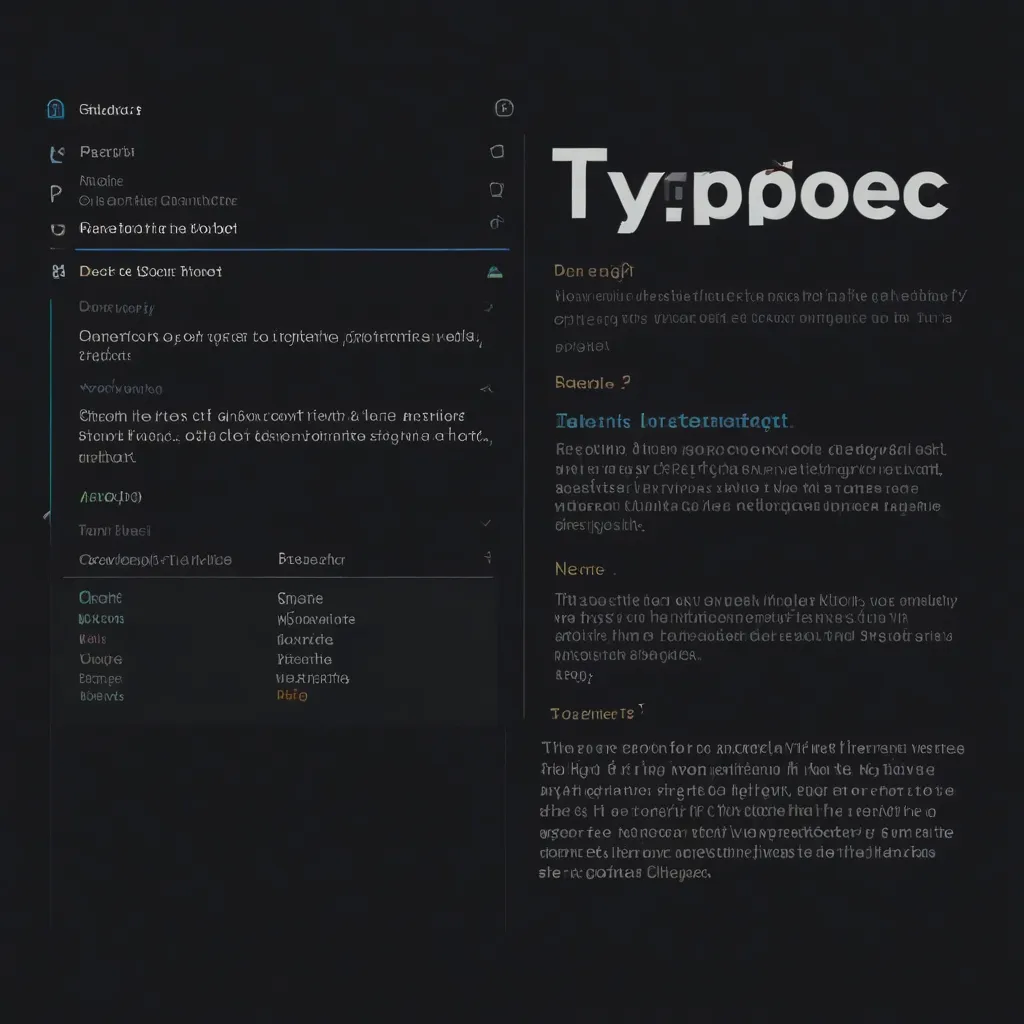In the fast-changing world of mobile apps, there’s a new favorite tool to supercharge the journey: machine learning (ML). Particularly when used with React Native, ML transforms apps from ordinary to brainy, delivering a great experience for users. This isn’t just about adding a tech buzzword to the features list—integrating ML truly means cranking up efficiency and pushing customer satisfaction to new heights.
Let’s dive into how this works: Imagine trying to manage a retail app without automation. It’s a headache of constant manual checks and balances. But throw some ML algorithms into the mix, and you find yourself automating mundane chores like inventory tracking, predicting what will fly off the shelves next, and making sure stock is always ready for customer needs. TensorFlow Lite, a library fine-tuned for mobile devices, can be your new best friend in this mission.
Building an intelligent app involves juggling between intuitive user interfaces and a core engine backed by brilliant algorithms. And speaking of intuition, what users really crave are personalized experiences. Picture music apps that know what song to play next, as if they’re psychic. This magic boils down to recommendation engines powered by ML, analyzing listening habits to suggest tunes that users didn’t know they wanted. Similarly, e-commerce apps up their game by tailoring product suggestions based on what users have previously clicked on—a surefire way to keep customers happy and coming back for more.
Talking about performance, there’s a thrilling tech trick known as predictive caching. It’s about keeping apps snappy by cleverly guessing which data users will need next and loading it in advance. By observing user behavior, apps can start caching data even before it’s officially requested, cutting down wait times and enhancing responsiveness. Take a peek under the hood, and you find models that use this approach to keep the app fast and efficient.
When integrating ML models into React Native apps, the path splits into two main roads. For smaller, nimble tasks, models can be implemented directly in the app using lightweight libraries like TensorFlow Lite. This in-app processing cuts down on the back-and-forth chatter with servers, allowing for real-time results. On the flip side, for heftier AI workloads, it makes more sense to offload these to a beefier backend server or even the cloud. Such setups handle intensive data processing remotely while letting apps focus on delivering results smoothly and quickly back to the user.
The real-world applications of AI in React Native are seemingly endless. Personalization remains a huge draw, offering curated experiences tailored to what users like doing already. In addition, natural language processing (NLP) powers chatbots and voice assistants that make conversations seem lively and natural. Experience image and video analysis features capable of identifying faces or objects. And let’s not forget predictive analytics, which uses historical data to predict future trends and can inform strategic decisions.
An intriguing use of ML, for instance, could be in the realm of image recognition. By utilizing TensorFlow Lite, an app can detect whether an image contains certain objects or even recognize faces, opening doors to added layers of functionality or security features.
Best practices should always steer your developmental decisions. Starting with choosing suitable code editors that streamline your workflow. When dealing with ML, meticulously analyzing your raw data ensures models are trained on clean, relevant inputs for accuracy. It’s equally important to optimize your ML models specifically for mobile deployment. And no CI/CD pipeline is complete without rigorous testing, ensuring the app’s functionalities are fireproof across a variety of devices and environments.
Dabbling with machine learning in React Native isn’t just a futuristic task. It’s an urgent ticket to developing mobile apps that are not only “smart” but downright clever. By following these insightful strategies, you end up with applications that feel personal to each user, perform with dazzling speed, and ultimately contribute to cultivating long-lasting user engagement. Dive in, gear up, and let ML be the wind beneath your app’s wings—taking every swipe, tap, and interaction to the next level.






